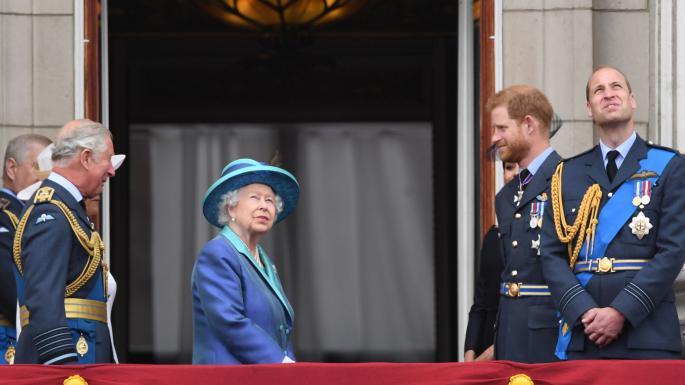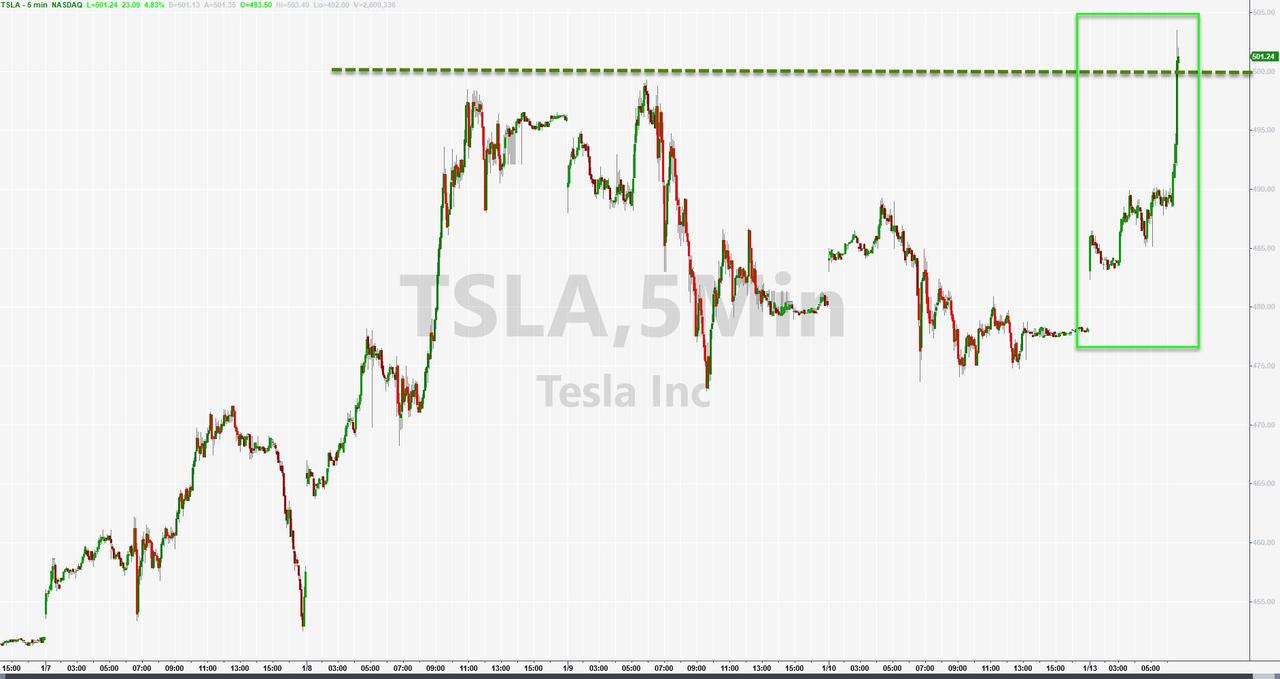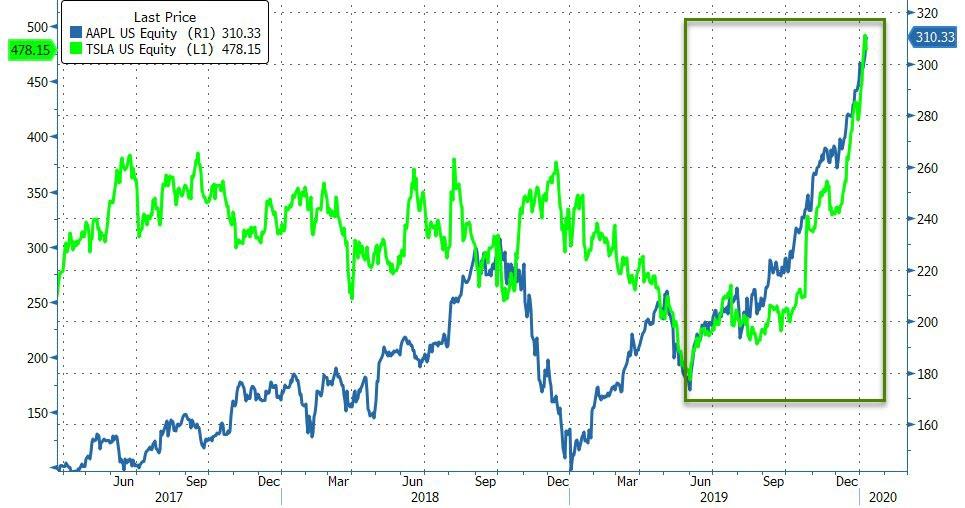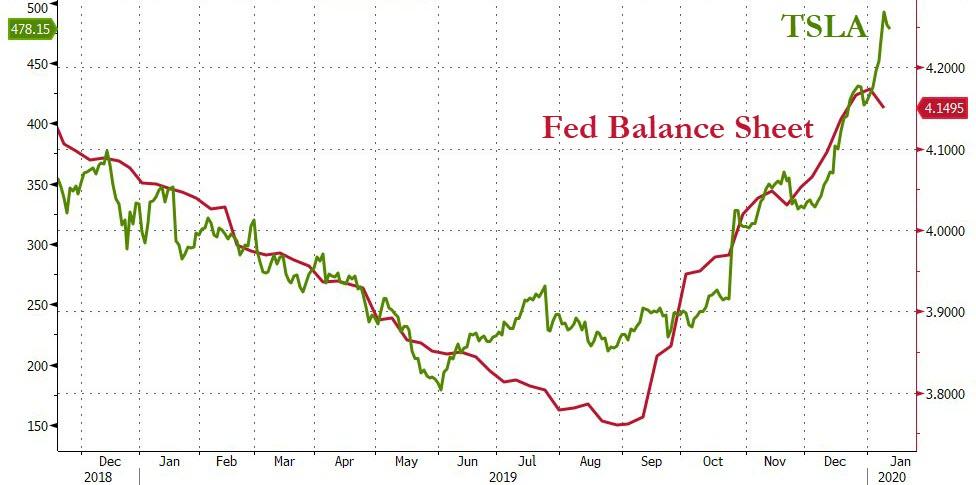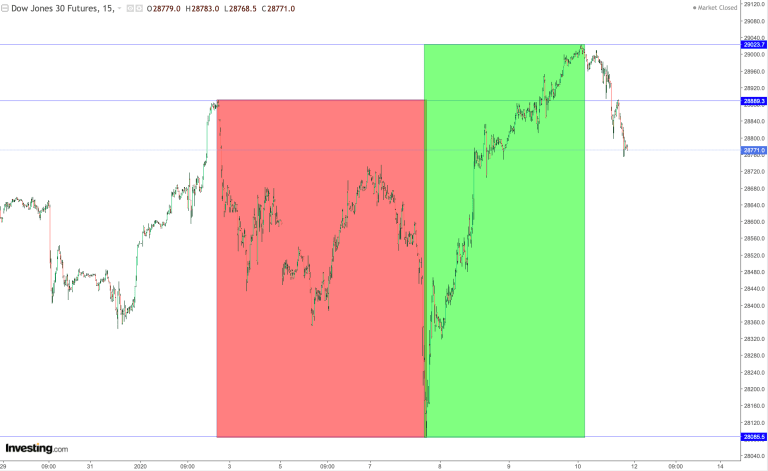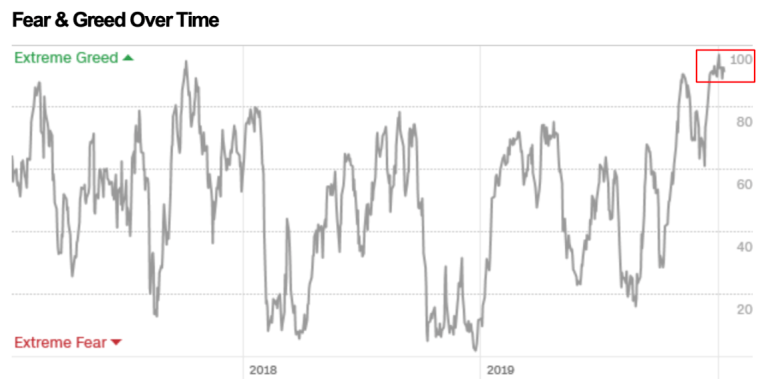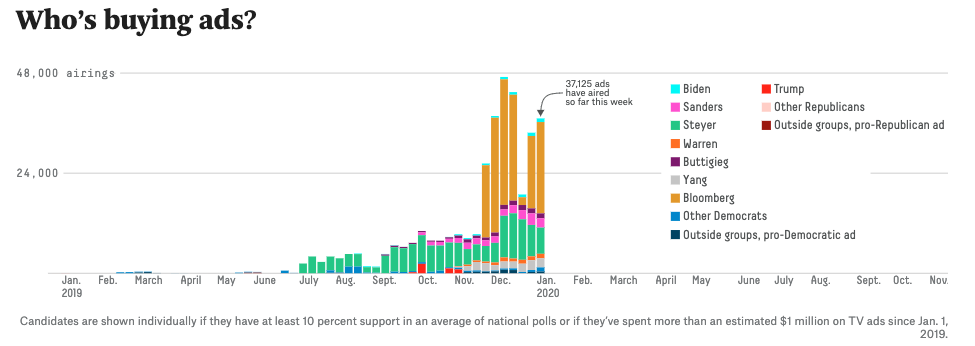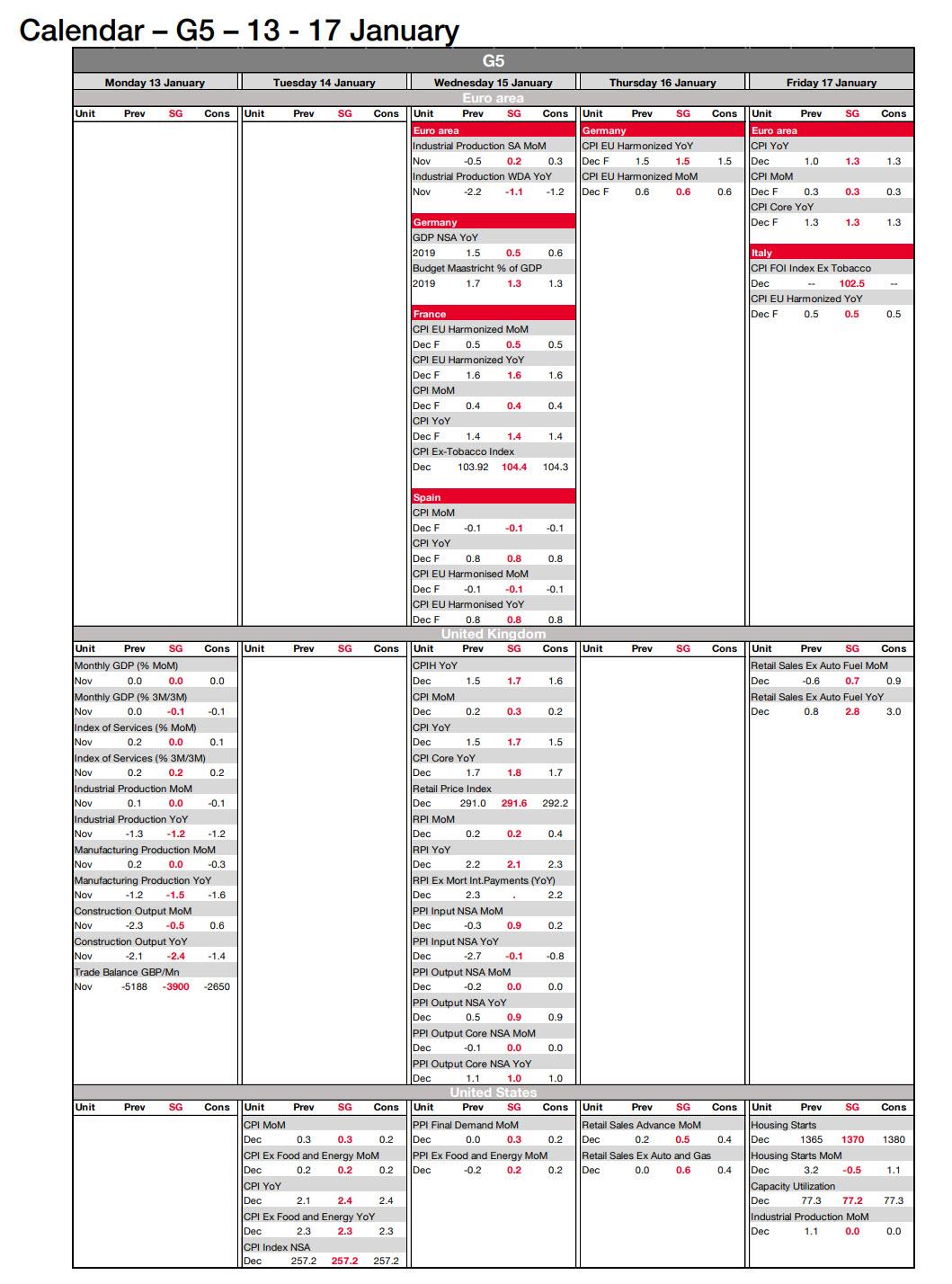Vernon W. Hill and Shirley Hill own “what [they] describe as the largest single-family home in Southern New Jersey, consisting of 29,236 square feet of living space and an additional 55,543 square feet of improvements on a 7.21-acre portion of a 44-acre parcel. Its 2008 assessment was $20,814,500.
Completed in 2002, the home is built in an Italianate style and boasts a Barre granite facade, granite terraces, cascading waterfalls and several reflecting pools. There are six bedrooms and eleven full bathrooms. The walls and floor of the two-story foyer are marble. A fountain of black onyx marble anchors a circular marble staircase to the second floor. The living room is topped by a large circular dome with a Venetian plaster finish. There are three kitchens (two on the first floor and a full-size commercial kitchen in the basement), a gym, a library, two massage rooms, a hair salon, a billiards room, six storage or pantry rooms, laundry and trash rooms, a wine cellar, and two “viewing rooms” for admiring the landscape. The two-story “Lemon Room,” a sort of orangery for lemon trees, was added in 2006.
Hill, as I understand it, is a past chairman and CEO of Commerce Bancorp, and founder of Metro Bank UK; a Fortune article called him “the P.T. Barnum of banking.” (He was also a party to an interesting copyright / work-for-hire / injunction case, TD Bank N.A. v. Hill (3d Cir. 2019), related to a business book that he wrote.)
The Hills sued in N.J. Tax Court to challenge their 2008 tax assessment, and litigated the case up to the state’s intermediate appellate court, the Appellate Division. They lost, though it sounds like they could have lost more, had the assessor so argued: “[A]lthough the property was assessed at $20,814,500, [the tax] court determined its true market value to be $34,426,812 and, because the municipality did not file a counterclaim, the court did not raise the assessment on the property.”
Now, though, the financial dispute is over, and what’s left is the sealing dispute. The case apparently wasn’t supposed to be sealed:
Plaintiffs filed a complaint in this court challenging the tax year 2008 assessment. At the request of the parties, the court entered a consent protective order in which the parties agreed to maintain the confidentiality of documents and information exchanged during discovery. The consent protective order did not provide that documents and information filed with the court would be sealed from public disclosure pursuant to Rule 1:38-11…. [T]his court denied plaintiffs’ post-trial motion pursuant to Rule 1:38-11 to seal the trial court record ….
But the record appears to have been treated as sealed, so the Appellate Division case was marked “Record Impounded,” which drew the interest of Larry S. Loigman, a New Jersey lawyer who had litigated state public records cases before. He then intervened to unseal the case, and Monday Tax Court Judge Patrick DeAlmeida agreed (Hill v. Township of Moorestown, 2020 WL 116112 (N.J. Tax Ct.)), though the decision won’t take effect for 30 days, to give the parties the time to appeal.
Indeed, the court largely rejected even the Hills’ much-narrowed request (they “no longer request that the entire record be sealed,” but focus only on a few items). The court concluded that, under New Jersey law (and especially the New Jersey open court rules, drafted by the Supreme Court Special Committee on Public Access to Court Records), nearly everything in the record should be unsealed, except some personal e-mail addresses and information about the location of a security system on the property:
The Special Committee’s rejection of an exemption for appraisal reports submitted to this court highlights two salient points. First, the public interest in judicial resolution of local property tax appeals outweighs the privacy interests of the taxpayer to information in an appraisal report submitted to this court, at least in the context of proprietary business information. Second, public disclosure of appraisal reports submitted to this court is favored whenever the court uses the reports to facilitate resolution of the appeal, even when the reports are not admitted into evidence. This is significant because it is apparent to this court that the Special Committee’s discussion of appraisal reports was premised on the assumption the reports would be subject to public disclosure if admitted into evidence at trial….
Plaintiffs argue they have a constitutional right to privacy that includes the right to exclude the public from viewing their home and its contents and to prevent public disclosure of the details of their premises … [including the appraisal report that must be submitted with a challenge, and that contains] a detailed description of the property, interior and exterior photographs, and a floor plan…. While recognizing the Special Committee considered and rejected recommending excluding appraisal reports submitted in Tax Court matters from public disclosure, plaintiffs argue the Special Committee considered only those reports containing proprietary commercial information and not appraisal reports concerning the privacy interest of a taxpayer in their residence.
Plaintiffs also argue that … the information that is the subject of their motion is of limited value to the public, because this court issued a written decision explaining at length how it determined the true market value of plaintiffs’ home for tax year 2008 and most of the Hill Appeal record, including portions of the parties’ appraisal reports, is available for public disclosure.
In addition, plaintiffs submitted a certification asserting the construction of their home was “the subject of intense public scrutiny and media attention[,]” including “attempts by the paparazzi to invade the privacy of the home[,]” which is not wholly visible from the street.
Plaintiffs have hosted events at the home at which Governors and the Speaker of the House of Representatives were guests. On those occasions, a secret service detail and security personnel were required to secure the property. Plaintiffs have taken steps to ensure the privacy, safety, and security of the property for themselves and their guests by regularly requiring those who visit the property, including the appraisers involved in this matter, to sign a confidentiality agreement.
According to plaintiffs, “the interior home photographs and in depth descriptions” of the property “are extremely sensitive and private, and release could jeopardize not only the safety, health and security of [their] family, but of those honored guests [they] choose to invite into [the] home.” Plaintiffs recognize this court’s opinion affirming the tax year 2008 assessment contains a description of their home, but argue “the items [they] seek to protect are much more descriptive, personal and intrusive and could be used by someone wishing to breach the security systems [they have] taken steps to provide.”
Loigman argues this matter is a “garden variety” appeal of an assessment on a residential property, of the type routinely tried in the Tax Court without a sealed record. He argues the grand nature of plaintiffs’ home is insufficient to distinguish it from any other residential property and the potential injuries asserted by plaintiffs are speculative. He notes plaintiffs should have expected their decision to challenge the tax year 2008 assessment on their property would result in public scrutiny of their home, as is the case with any taxpayer who files a residential tax appeal.
Loigman argues the public has a right to know plaintiffs have not been treated with favoritism by the municipal tax assessor and how this court determined the true market value of plaintiffs’ home for local property tax purposes. He points out that although the property was assessed at $20,814,500, this court determined its true market value to be $34,426,812 and, because the municipality did not file a counterclaim, the court did not raise the assessment on the property….
The court almost entirely sided with Loigman, reasoning in particular:
[A.] [A]erial photographs of the property included in an appraisal report submitted at trial. The photographs each contain the word “Google” in the lower righthand corner, suggesting they were obtained from a commonly available resource.
The court concludes plaintiffs have not established disclosure of the photographs “will likely cause a clearly defined and serious injury to any person or entity” under Rule 1:38-11. While the court finds plaintiffs and their home have been the subject of intense public interest and scrutiny, there is nothing in the motion record establishing by a preponderance of the evidence how plaintiffs would be injured by release of the aerial photographs or that any injury would be serious or likely to occur.
Moreover, this court adopts the rationale of the Special Committee that the public interest in assuring the fairness of the process by which property taxes are levied outweighs the taxpayers’ privacy interest in personal information contained in appraisal reports submitted to this court. While the Special Committee considered appraisal reports containing proprietary commercial information, this court concludes its rationale is equally applicable to appraisal reports containing information about a taxpayer’s residence, absent a showing disclosure will likely cause serious injury to the taxpayer or any other person….
[B.] [F]loor plans of the house. Again, the court concludes plaintiffs have not established release of the floor plans “will likely cause a clearly defined and serious injury to any person or entity” under Rule 1:38-11. The court acknowledges plaintiffs’ interest in maintaining their privacy and the security of their home. The floor plans, while detailed, are on small scale and are difficult to read. Plaintiffs do not identify any depiction on the floor plans of security systems protecting the home. In addition, as noted above, the public interest in disclosure of appraisal reports submitted to, and used by, this court to determine true market value is significant and outweighs plaintiffs’ purported privacy interest in these documents….
[C.] [T]he expert’s detailed description of the interior and exterior characteristics of the home. The pages describe the history of the construction of the home, various materials used to build the house, finishes, ceiling heights, room features, amenities, and exterior improvements. In addition, the documents provide a detailed description of the tax year 2008 assessment and the zoning restrictions applicable to the property. Plaintiffs have not established the disclosure of this information is likely to cause a clearly defined and serious injury to them or others….
[D.] [T]he expert’s detailed discussion of how he formulated his opinion of the true market value of the property under the cost approach to valuation. The discussion includes details of the actual costs incurred by plaintiffs when constructing the home, the expert’s estimate of some costs, and his opinion of the hypothetical cost to replace the home. This page contain a description of the expert’s analysis of a type routinely submitted to this court to determine true market value under the cost approach. There is nothing in this document suggesting its disclosure is likely to cause a clearly defined and serious injury to plaintiffs or any other person….
[E.] [P]hotographs of the interior and exterior of the home, the roadways near the home, entrance gates to the property, an aerial photograph of the property marked “Microsoft Virtual Earth[,]” a map of the neighborhood in which the property is located marked “Microsoft Virtual Earth[,]” a tax map (which most certainly is a public document), a topographical map of the property, floor plans (with no interior walls or features depicted), a letter from an architect stating his opinion of the amount of the livable square footage of the home, floor plans with interior walls and features depicted, a summary of expenses incurred by plaintiffs when constructing the home, and a flood hazard map of the area surrounding the property.
These documents are typical of those submitted to this court with appraisal reports and do not contain confidential information. The only aspect of these documents that cause the court pause are the photographs of the interior of the home. Some of the photographs depict plaintiffs’ furniture, table settings, and other personal property, none of which is obviously embarrassing or of an intimate nature.
Those photographs, however, also depict features of the home. The appearance of plaintiffs’ personal property in the photographs is incidental to the depiction of the interior of the home. The court used the photographs when determining the true market value of the home, as the house’s characteristics are relevant to its value in the marketplace. While disclosure of the photographs will expose some of plaintiffs’ personal property to public view, the court concludes plaintiffs have not established disclosure is likely to cause a clearly defined and serious injury to them or others. The court, therefore, finds plaintiffs have not established good cause for sealing these documents under Rule 1:38-11….
from Latest – Reason.com https://ift.tt/2QQRzZz
via IFTTT
